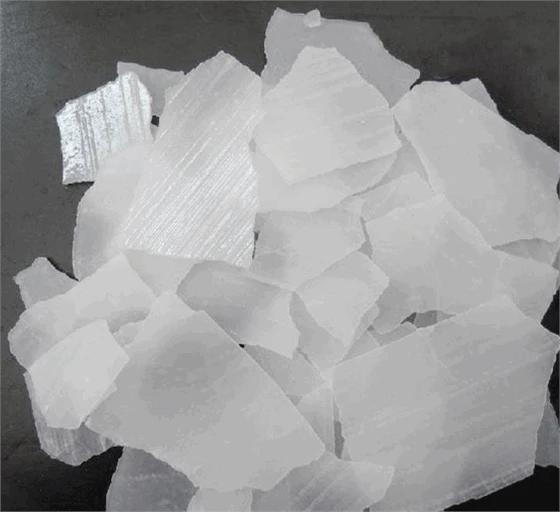



Preparation and Properties of Polyacrylamide Water Solutions for Various Applications
Understanding Polyacrylamide Water Solutions Properties, Applications, and Environmental Impact
Polyacrylamide (PAM) is a versatile polymer that has gained significant attention in various fields due to its unique properties and functionality. Solutions of polyacrylamide in water are particularly notable for their applications in agriculture, industry, wastewater treatment, and scientific research. In this article, we explore the characteristics of polyacrylamide water solutions, their applications, and the environmental considerations surrounding their use.
Properties of Polyacrylamide Water Solutions
Polyacrylamide is a synthetic polymer made from acrylamide monomers. When dissolved in water, it forms a viscous solution that can exhibit varying degrees of water solubility and reactivity, depending on its molecular weight and the presence of other functional groups. One of the key properties of PAM solutions is their ability to increase the viscosity of water, which can enhance the effectiveness of various processes in different applications.
The molecular weight of polyacrylamide can vary widely, which directly influences its properties and behavior in water. Low molecular weight PAM is typically used for applications requiring quick dissolution, while high molecular weight PAM is preferred for applications that benefit from its gel-forming capabilities. The concentration of polyacrylamide in water also significantly affects the viscosity of the solution; even small concentrations can lead to notable increases in viscosity, which makes PAM an effective thickening agent.
Applications of Polyacrylamide Water Solutions
1. Agriculture In agricultural settings, polyacrylamide is used to improve soil structure and water retention. When applied to soil, PAM can enhance the soil's ability to retain moisture, thus reducing the need for frequent irrigation. This property is particularly beneficial in arid regions where water conservation is critical. Additionally, PAM can prevent soil erosion by stabilizing soil aggregates and reducing runoff.
2. Wastewater Treatment One of the most significant applications of polyacrylamide solutions is in wastewater treatment processes. PAM is used as a flocculant, helping to aggregate suspended particles and facilitate their removal from wastewater. This process is essential in various industries, including mining, chemical manufacturing, and municipal wastewater treatment facilities. The use of PAM in these processes improves water clarity and complies with regulatory standards for effluent discharge.
polyacrylamide water solution

3. Oil Recovery In the petroleum industry, polyacrylamide is used to enhance oil recovery through a process known as water flooding. PAM solutions are injected into oil reservoirs to increase the viscosity of the water, improving the displacement of oil and enhancing recovery rates.
4. Research and Laboratory Uses Polyacrylamide gels are a staple in molecular biology laboratories, commonly used in electrophoresis techniques for the separation of nucleic acids and proteins. The ability to control the pore size of PAM gels allows researchers to tailor the gels for specific applications, making them invaluable tools in biochemistry and genetics.
Environmental Considerations
While polyacrylamide offers numerous benefits, it is essential to consider its environmental impact. The degradation of PAM in the environment can lead to the formation of acrylamide, which is considered a neurotoxin and a potential carcinogen. Therefore, proper handling and disposal procedures are vital to mitigate potential risks associated with its use.
Sustainable practices and the development of biodegradable alternatives are being explored to reduce the environmental footprint of polyacrylamide. Researchers are investigating natural polymers that can provide similar benefits without the associated risks, thus promoting safer and more environmentally friendly solutions.
Conclusion
Polyacrylamide water solutions are powerful tools in various sectors, offering significant advantages in agriculture, wastewater treatment, oil recovery, and research. However, awareness of their environmental impact is crucial for ensuring safe and responsible usage. By fostering innovation and implementing sustainable practices, we can continue to harness the benefits of polyacrylamide while minimizing its risks to health and the environment.
-
Why Sodium Persulfate Is Everywhere NowNewsJul.07,2025
-
Why Polyacrylamide Is in High DemandNewsJul.07,2025
-
Understanding Paint Chemicals and Their ApplicationsNewsJul.07,2025
-
Smart Use Of Mining ChemicalsNewsJul.07,2025
-
Practical Uses of Potassium MonopersulfateNewsJul.07,2025
-
Agrochemicals In Real FarmingNewsJul.07,2025
-
Sodium Chlorite Hot UsesNewsJul.01,2025










